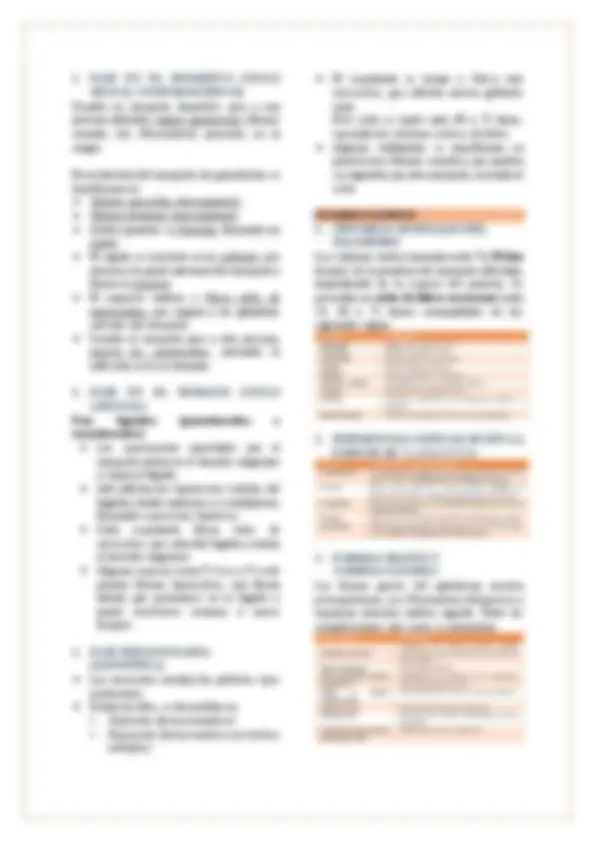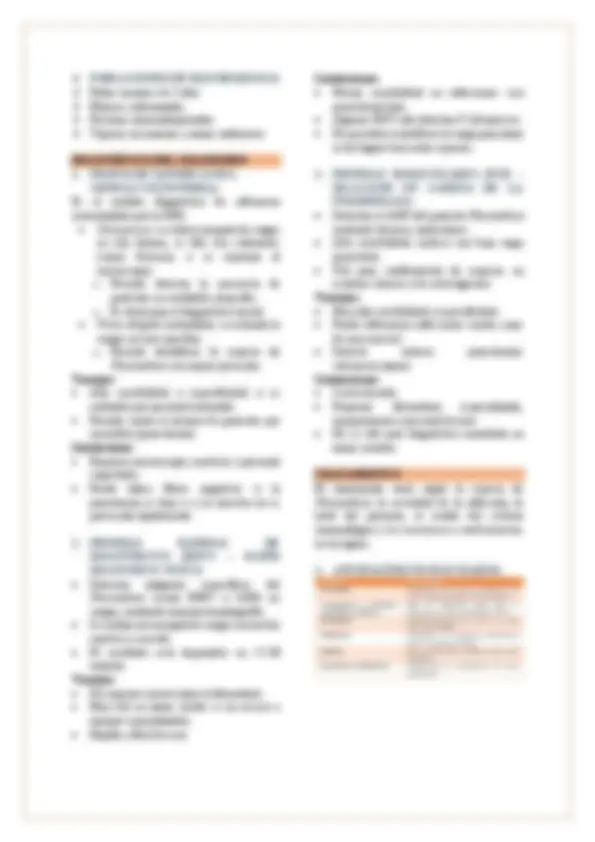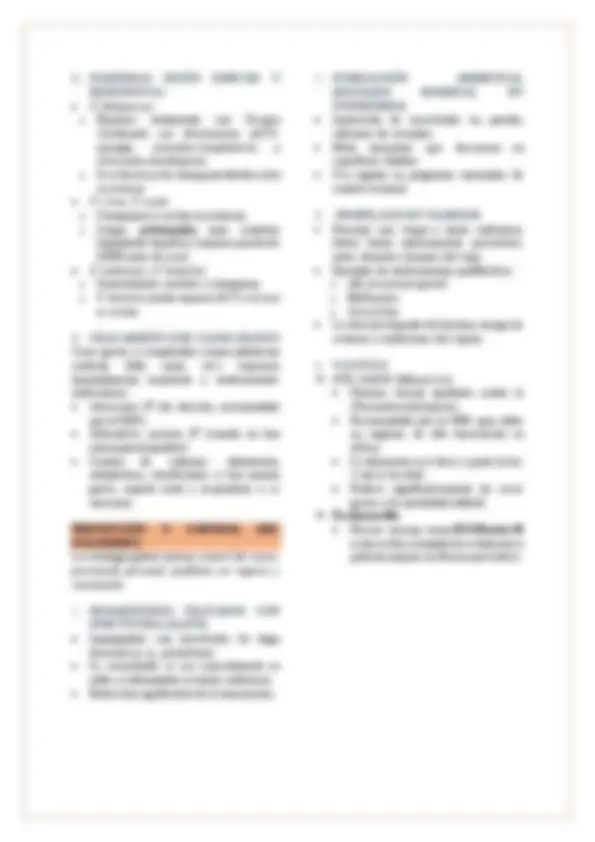





Study with the several resources on Docsity

Earn points by helping other students or get them with a premium plan


Prepare for your exams
Study with the several resources on Docsity

Earn points to download
Earn points by helping other students or get them with a premium plan
Community
Ask the community for help and clear up your study doubts
Discover the best universities in your country according to Docsity users
Free resources
Download our free guides on studying techniques, anxiety management strategies, and thesis advice from Docsity tutors
Paludismo, malaria, plasmodium
Typology: Lecture notes
1 / 5

This page cannot be seen from the preview
Don't miss anything!




Es una enfermedad potencialmente mortal causada por parásitos del género Plasmodium , que se transmite al ser humano por la picadura de mosquitos infectados del género Anopheles ." Los parásitos del paludismo invaden el hígado y posteriormente los glóbulos rojos, causando síntomas cíclicos de fiebre, escalofríos, sudoración, entre otros. AGENTE ETIOLÓGICO :
❖ Niños menores de 5 años ❖ Mujeres embarazadas ❖ Personas inmunodeprimidas ❖ Viajeros no inmunes a zonas endémicas DIAGNÓSTICO DEL PALUDISMO
1. FROTIS DE SANGRE (GOTA GRUESA Y EXTENDIDA) Es el método diagnóstico de referencia recomendado por la OMS. - Gota gruesa : se coloca una gota de sangre en una lámina, se tiñe con colorantes (como Giemsa), y se examina al microscopio. o Permite detectar la presencia de parásitos en cantidades pequeñas. o Es ideal para el diagnóstico inicial. - Frotis delgado (extendido): se extiende la sangre en una capa fina. o Permite identificar la especie de Plasmodium con mayor precisión. Ventajas :